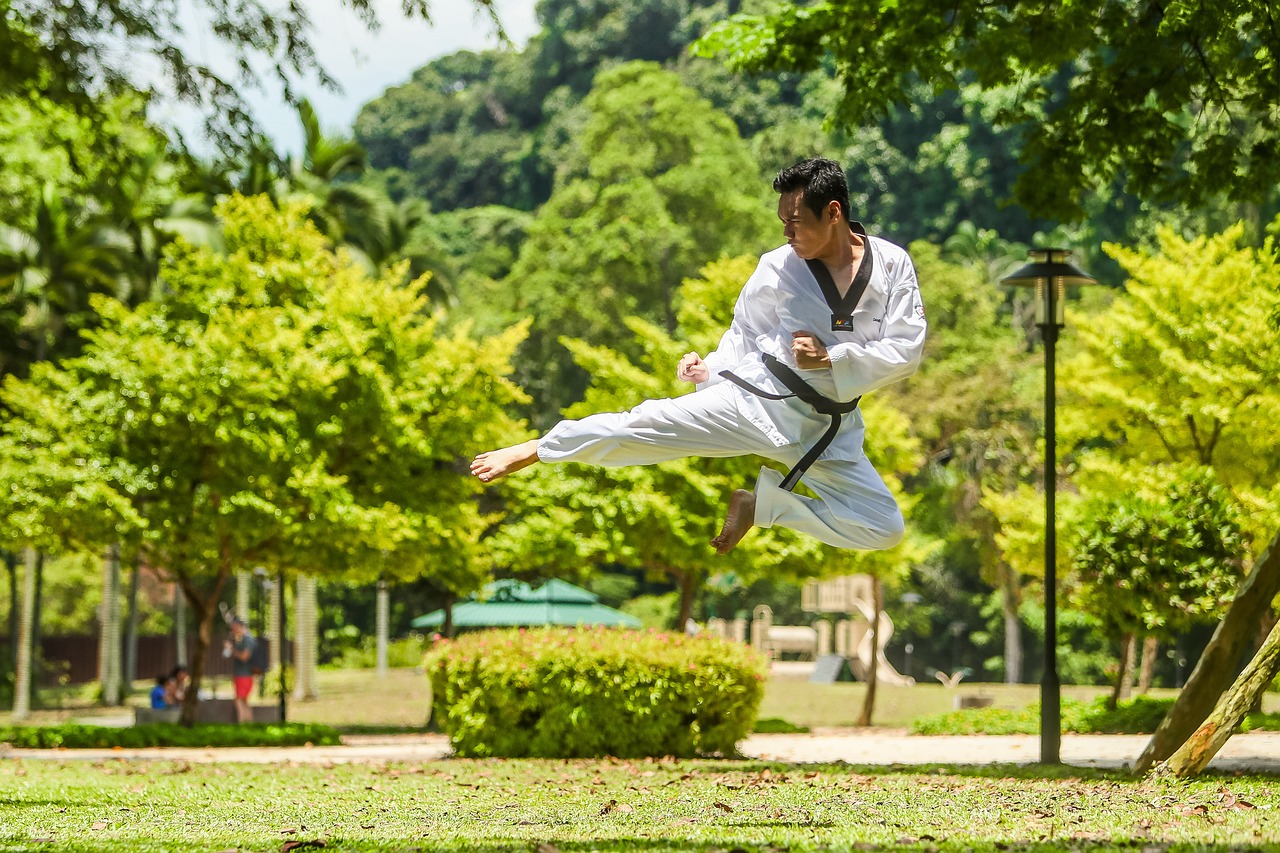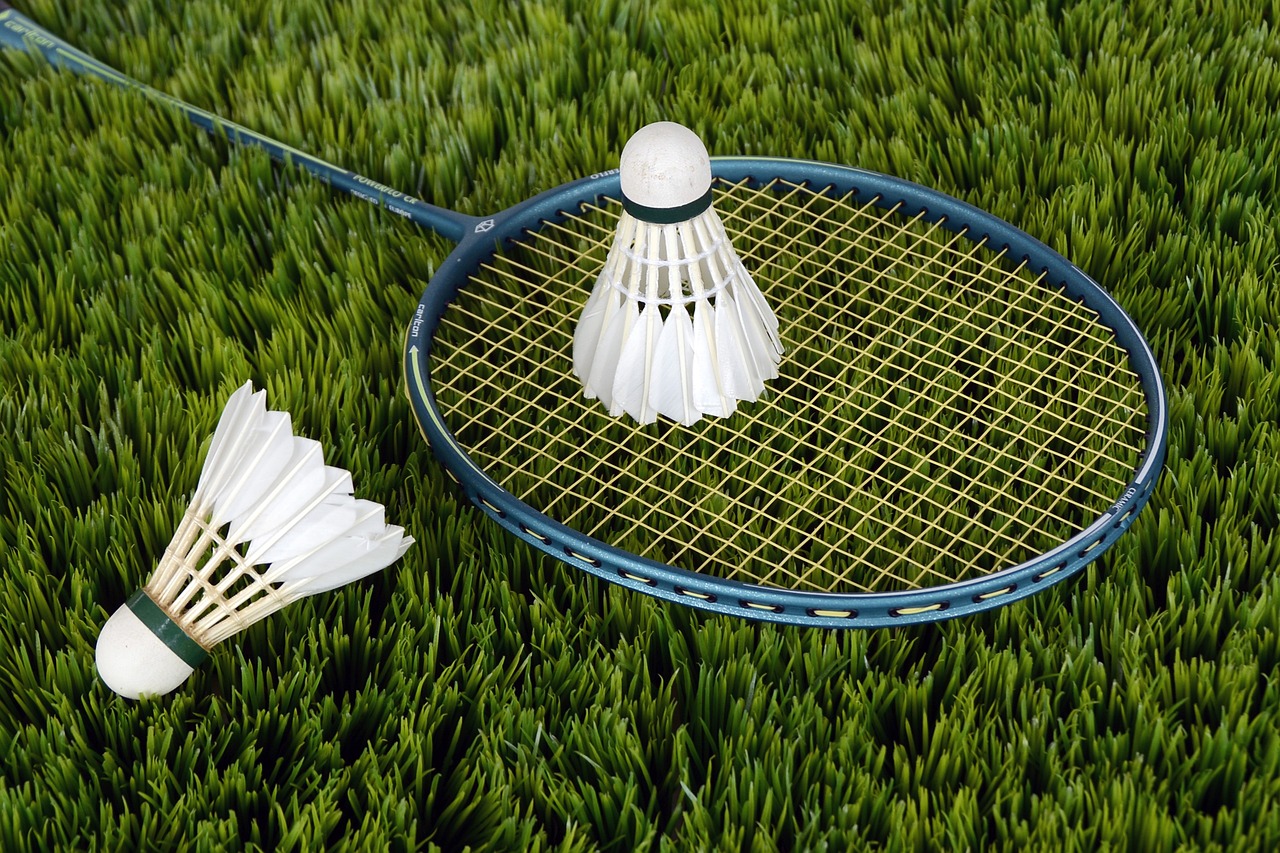Martial Arts: A Comprehensive Guide to Fitness and Discipline

Introduction: What Are Martial Arts, and Why Should You Try Them?
Martial arts are more than just physical activities—they are ancient practices combining physical skill, mental focus, and spiritual growth. They offer an excellent way to improve fitness, build discipline, and boost self-confidence. Among the most celebrated martial arts are Taekwondo, Judo, and Karate.
Each of these martial arts has its unique style, history, and techniques, making them suitable for people of all ages and fitness levels. Whether you’re looking to improve your physical health, develop mental resilience, or learn self-defense, martial arts offer a holistic approach to achieving your goals.
Abseiling for Beginners: Essential Safety Guide (2025)
Taekwondo: Mastering Speed and Agility
What is Taekwondo?
Taekwondo originated in Korea and is recognized for its high-energy kicking techniques. Its name translates to “the way of the foot and fist,” emphasizing striking with power and precision.
Why Taekwondo is Popular
- Dynamic Movements: Kicks, spins, and jumps make Taekwondo exciting and challenging.
- Olympic Sport: Taekwondo gained international recognition as an Olympic sport, further boosting its popularity.
Health Benefits of Taekwondo
- Cardiovascular Fitness: The intense training sessions provide a full-body workout, improving heart health.
- Flexibility and Balance: Repeated kicking techniques improve joint flexibility and overall balance.
- Mental Focus: Taekwondo enhances concentration through quick decision-making during sparring sessions.
- Stress Relief: The physical activity and mental focus help reduce stress levels.
Potential Risks and Safety Tips
- Risk of Injury: Without proper warm-ups or technique, you may experience muscle strains.
- Safety Measures: Always use protective gear like shin guards, gloves, and helmets to minimize risks.
Frisbee and Disc Golf: A Fun and Healthy Way to Stay Fit
Judo: Strength Through Technique
What is Judo?
Judo, meaning “gentle way,” originated in Japan. It focuses on grappling, throwing, and pinning techniques rather than striking, making it unique among martial arts.
Why Judo Stands Out
- Adaptable to All Ages: Its low-impact nature makes it suitable for people of all fitness levels.
- Strategic Approach: Judo emphasizes using an opponent’s force against them, making it a game of strategy.
Health Benefits of Judo
- Improved Strength: Judo builds functional strength, especially in the core and upper body.
- Enhanced Coordination: Practicing throws and counters improves motor skills and coordination.
- Confidence and Resilience: Facing and overcoming challenges in training fosters mental toughness.
Side Effects and Precautions
- Common Injuries: Joint strains and bruises can occur during grappling.
- Preventive Tips: Proper training under a skilled instructor minimizes injury risks.
Golf: Unlocking Fitness, Mindfulness, and Social Joy on the Green
Karate: The Art of Striking
What is Karate?
Karate, also from Japan, translates to “empty hand,” highlighting its unarmed combat techniques. It focuses on punches, kicks, and blocks, making it a striking-based martial art.
Why Karate is a Global Favorite
- Simple Yet Effective: Karate’s techniques are easy to learn but take years to master.
- Holistic Development: It combines physical fitness with mental discipline and ethical principles.
Health Benefits of Karate
- Muscle Toning: Repeated strikes and stances improve muscle tone and endurance.
- Improved Reflexes: Quick movements enhance reaction times.
- Mental Resilience: Karate instills discipline, patience, and perseverance.
- Self-Defense Skills: It provides effective techniques to protect oneself in dangerous situations.
Risks and Safety Measures
- Overuse Injuries: Intense practice may strain joints or muscles.
- Safety First: Learning correct techniques and taking breaks help prevent injuries.
Key Differences Between Taekwondo, Judo, and Karate
- Taekwondo: Focuses on high-energy kicks and speed, ideal for those who enjoy dynamic movements.
- Judo: Centers around throws and grappling, suitable for individuals who prefer close-contact techniques.
- Karate: Emphasizes striking techniques, perfect for those looking for straightforward self-defense skills.
Volleyball and Basketball: Discover Their Health Benefits and Fitness Impact
How to Get Started with Martial Arts
1. Choose the Right Martial Art for You
Consider your fitness goals, personal interests, and physical abilities. Taekwondo may suit you if you enjoy agility, Judo if you like strategy, and Karate if you prefer striking techniques.
2. Find a Reputable School or Instructor
Look for certified instructors and well-reviewed schools. A good instructor ensures proper technique and safety.
3. Invest in Proper Gear
Each martial art has specific attire and safety equipment. For example:
- Taekwondo: Uniform (dobok) and protective padding.
- Judo: A thick gi (uniform) for grappling.
- Karate: Lightweight gi and optional gloves.
4. Start with Basics
Beginners should focus on foundational techniques and gradually progress to advanced moves.
5. Stay Consistent
Regular practice is essential to mastering martial arts and enjoying its full benefits.
Cricket and Football: Boost Your Health with These Popular Sports
Summary
Martial arts like Taekwondo, Judo, and Karate are not just sports but transformative practices that enhance physical, mental, and emotional well-being. Whether you want to stay fit, build discipline, or learn self-defense, these martial arts cater to diverse needs and age groups.
While they have some risks, practicing under qualified instructors and using the right gear ensures a safe and rewarding experience. Start your martial arts journey today and embrace a lifestyle of fitness, focus, and self-empowerment.




